Bentonite is a versatile clay material with numerous industrial and commercial applications. It is widely used in industries such as construction, pharmaceuticals, cosmetics, and agriculture. Bentonite is primarily composed of two main types: calcium bentonite and sodium bentonite. In this article, we will explore the differences between these two types and their respective uses in various industries. 1. Composition and Formation: Calcium bentonite, also known as non-swelling or non-expanding bentonite, is mainly composed of calcium, aluminum, and magnesium. It has a higher percentage of calcium ions in its structure, which gives it a non-swelling property when it comes into contact with water. On the other hand, sodium bentonite, also known as swelling or expanding bentonite, contains a higher percentage of sodium ions. It has the unique ability to swell and absorb water, forming a gel-like substance.
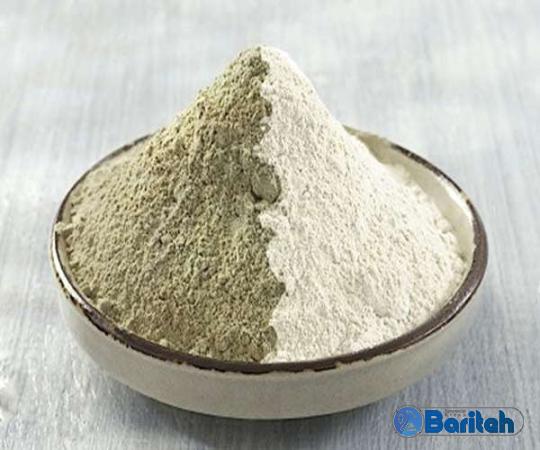
.
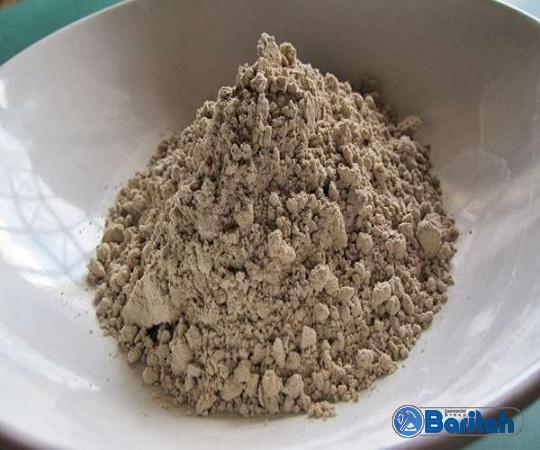 This characteristic makes it suitable for various applications such as sealants, binders, and drilling fluids. 2. Absorption and Adsorption Properties: One of the key differences between calcium bentonite and sodium bentonite lies in their absorption and adsorption properties. Calcium bentonite has a higher absorption capacity, making it ideal for applications where moisture retention is required. It is commonly used in the agricultural sector for soil conditioning, irrigation, and as a component in fertilizers due to its ability to retain water and nutrients. Sodium bentonite, on the other hand, has superior adsorption capabilities. Its swelling capacity makes it effective in applications such as drilling fluid in the oil and gas industry, where it helps to control fluid loss, stabilize boreholes, and remove cuttings.
This characteristic makes it suitable for various applications such as sealants, binders, and drilling fluids. 2. Absorption and Adsorption Properties: One of the key differences between calcium bentonite and sodium bentonite lies in their absorption and adsorption properties. Calcium bentonite has a higher absorption capacity, making it ideal for applications where moisture retention is required. It is commonly used in the agricultural sector for soil conditioning, irrigation, and as a component in fertilizers due to its ability to retain water and nutrients. Sodium bentonite, on the other hand, has superior adsorption capabilities. Its swelling capacity makes it effective in applications such as drilling fluid in the oil and gas industry, where it helps to control fluid loss, stabilize boreholes, and remove cuttings.
..
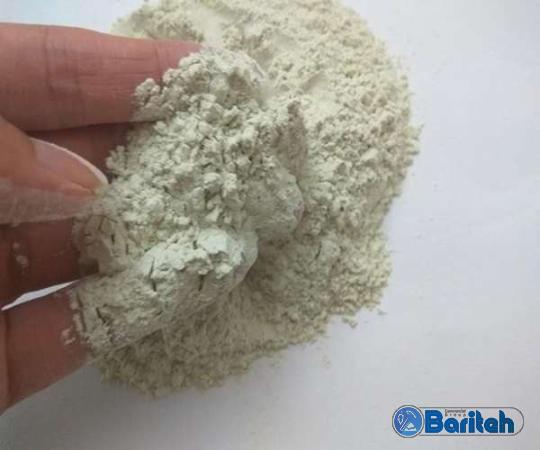 3. Environmental Considerations: In terms of environmental impact, both calcium bentonite and sodium bentonite are considered safe and non-toxic. However, it’s important to note that sodium bentonite, when in its dry form, can be potentially harmful to humans due to its fine particles. Proper precautions should be taken when handling and applying sodium bentonite to minimize dust inhalation. 4. Applications and Benefits: a. Calcium Bentonite: – Soil Conditioning: Calcium bentonite improves soil structure, enhances moisture retention, and promotes plant growth. – Animal Feed Additive: It acts as a binding agent and is used in the production of animal feed pellets. – Cosmetics: Calcium bentonite is a key ingredient in facial masks and other skincare products due to its ability to absorb impurities and exfoliate the skin. – Pharmaceutical: It is used in the formulation of medications such as antacids and laxatives due to its high absorption capacity.
3. Environmental Considerations: In terms of environmental impact, both calcium bentonite and sodium bentonite are considered safe and non-toxic. However, it’s important to note that sodium bentonite, when in its dry form, can be potentially harmful to humans due to its fine particles. Proper precautions should be taken when handling and applying sodium bentonite to minimize dust inhalation. 4. Applications and Benefits: a. Calcium Bentonite: – Soil Conditioning: Calcium bentonite improves soil structure, enhances moisture retention, and promotes plant growth. – Animal Feed Additive: It acts as a binding agent and is used in the production of animal feed pellets. – Cosmetics: Calcium bentonite is a key ingredient in facial masks and other skincare products due to its ability to absorb impurities and exfoliate the skin. – Pharmaceutical: It is used in the formulation of medications such as antacids and laxatives due to its high absorption capacity.
…
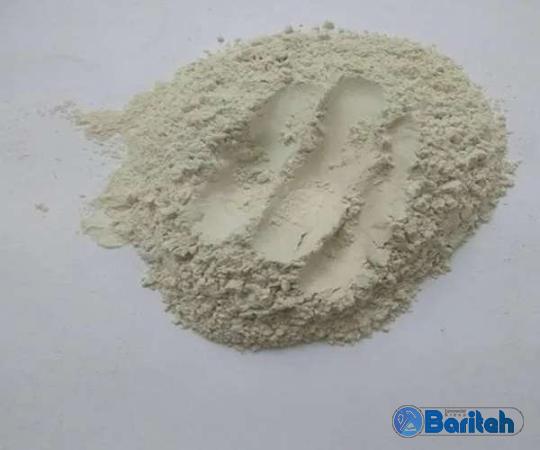 b. Sodium Bentonite: – Drilling Fluids: It is widely used in the oil and gas industry as a drilling fluid due to its excellent sealing and lubrication properties. – Geosynthetic Clay Liners: Sodium bentonite is used for landfill liners, pond liners, and other containment systems as it provides an impermeable barrier. – Civil Engineering: It is utilized in construction to stabilize sandy soils, control water seepage, and prevent erosion. – Cat Litter: Sodium bentonite is a primary ingredient in clumping cat litter, as it has the ability to absorb liquid and form solid clumps. Conclusion: Both calcium bentonite and sodium bentonite have unique properties and find applications across various industries. Calcium bentonite excels in moisture retention, soil conditioning, and cosmetic formulations, while sodium bentonite shines in drilling fluids, geosynthetic clay liners, and construction-related applications. Understanding the differences between these two types of bentonite is crucial to selecting the right material for your specific needs.
b. Sodium Bentonite: – Drilling Fluids: It is widely used in the oil and gas industry as a drilling fluid due to its excellent sealing and lubrication properties. – Geosynthetic Clay Liners: Sodium bentonite is used for landfill liners, pond liners, and other containment systems as it provides an impermeable barrier. – Civil Engineering: It is utilized in construction to stabilize sandy soils, control water seepage, and prevent erosion. – Cat Litter: Sodium bentonite is a primary ingredient in clumping cat litter, as it has the ability to absorb liquid and form solid clumps. Conclusion: Both calcium bentonite and sodium bentonite have unique properties and find applications across various industries. Calcium bentonite excels in moisture retention, soil conditioning, and cosmetic formulations, while sodium bentonite shines in drilling fluids, geosynthetic clay liners, and construction-related applications. Understanding the differences between these two types of bentonite is crucial to selecting the right material for your specific needs.
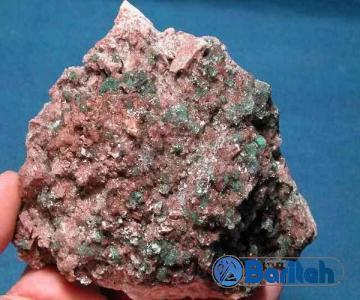
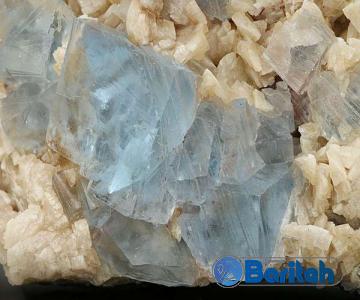
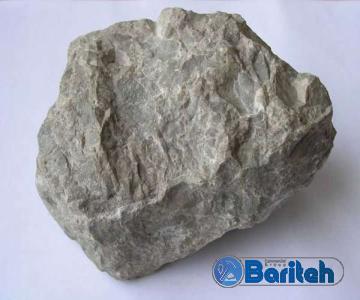
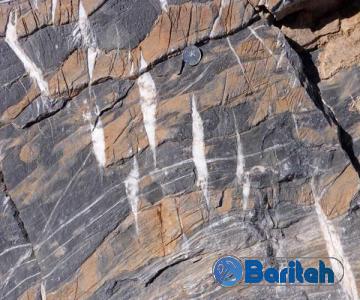
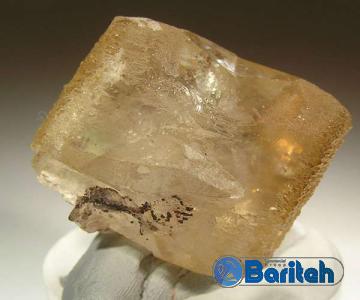
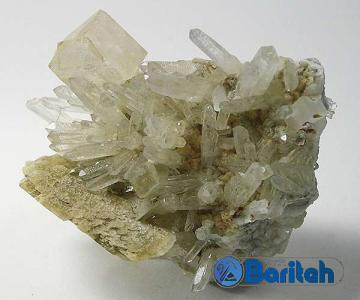
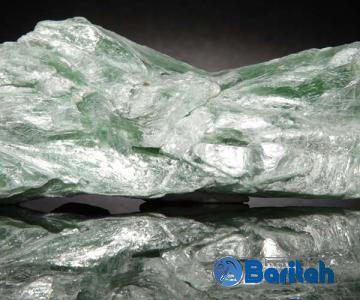
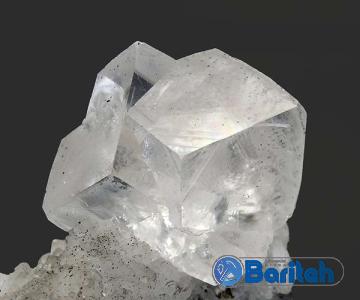

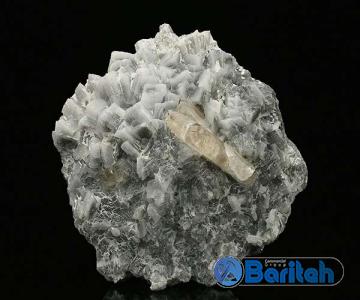
Your comment submitted.